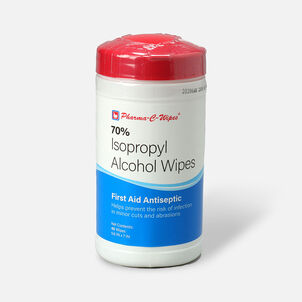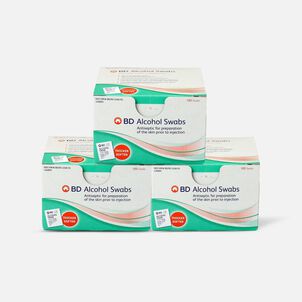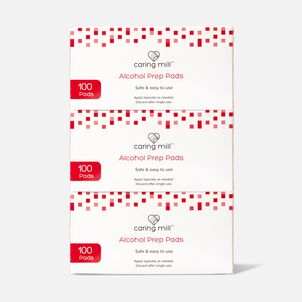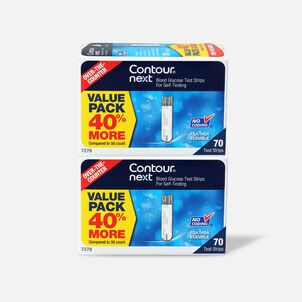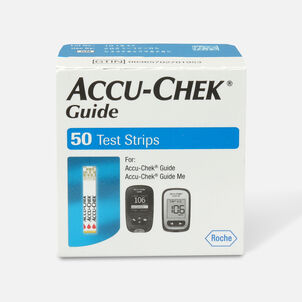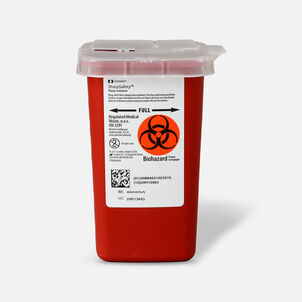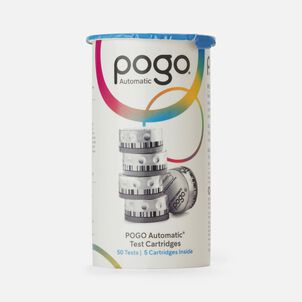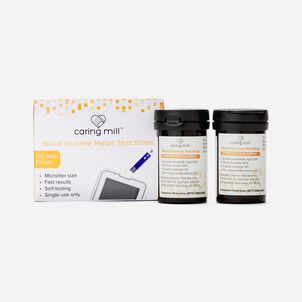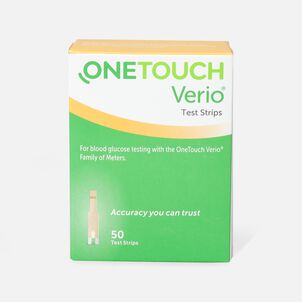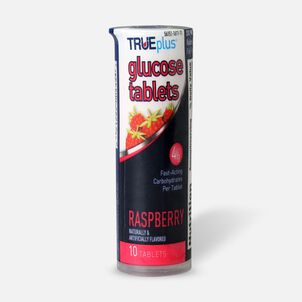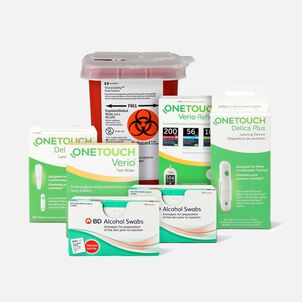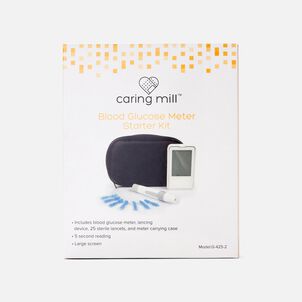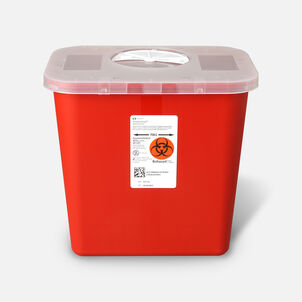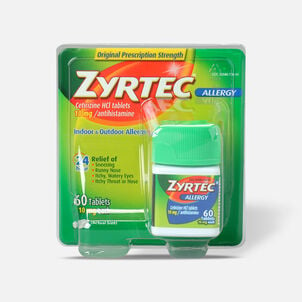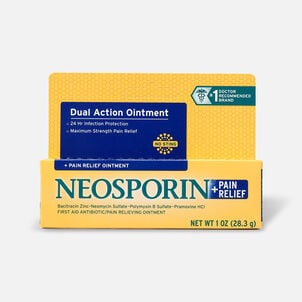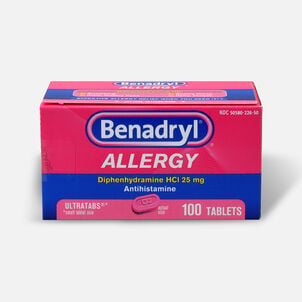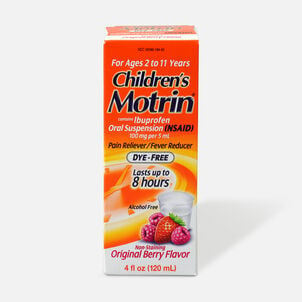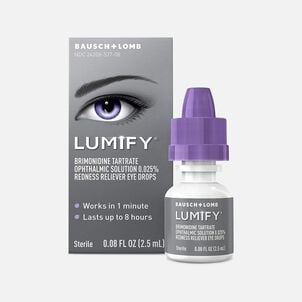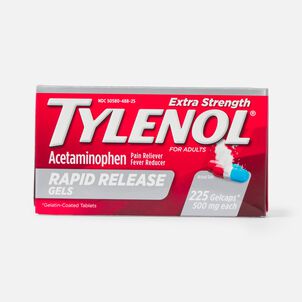If you're one of 34.2 million Americans with this diabetes, you know how much of a hole it can burn in your pocket. Undergoing lifestyle changes such as limiting your carb intake, taking medications, and monitoring your blood sugar levels is a lot for anyone, especially with the added expense needed to manage your condition.
According to the American Diabetes Association (ADA), those diagnosed with diabetes spend an average of $19,736 on medical expenses. And of that staggering amount, $12,000 are related to having the disease. You're looking at spending 2.6 times more a year than someone who isn't diagnosed with this condition. Do we hear a small cry of anguish coming from your wallet?
So how exactly can you keep your expenses down? An FSA can help you lower your medical expenses related to this disease. Let's take a look at all ways:
Monitoring your blood sugar
As diabetes is when you have too much blood glucose or blood sugar, is too high, either from not having enough insulin (Diabetes 1) or not being able to use insulin properly (Diabetes 2), the goal when you have diabetes to avoid blood sugar levels that are too high or low. The key? Is to maintain balance (American Diabetes Association).
You'll need to check insulin several times a day. When and how often will depend on the type of diabetes you have, and your course of treatment. You would work with your doctor to make a recommendation.
If you have type 2 diabetes, it's recommended to check your blood sugar several times a day. If you are taking insulin, it's generally recommended to check your blood sugar before meals and before you head to bed (Mayo Clinic).
Have type 1 diabetes? Then you'll need to check your blood sugar more frequently — we're talking anywhere from 4 to 10 times a day. This might be before and after a workout, before meals and snacks, before you go to bed, and during the night. In some cases, you might need to check if there's a change in your lifestyle or routine, such as taking new medications.
So what would you need in your toolkit?
Blood glucose monitoring system A blood glucose system or the meter will check your levels whenever it's required by your doctor.
Glucose test strips Test strips are an essential tool in blood glucose monitoring, and one of the most common recurring expenses. Thankfully, your FSA can cover them.
Normal control solution A control solution, which often comes in a plastic bottle that resembles those for eye drops, can help you test your strips to make sure you're working and accurate.
Lancing devices and lances And as you'll need a blood sample to test your glucose levels, a blood-sampling device such as a lancing device and lances to prick your skin will be needed.
Smartphone compatible glucose monitoring If you're app-savvy, glucose monitoring systems where you download an app, and insert a reader that plugs into your phone do exist. In that case, you wouldn't need to carry around a clunky meter.
Guess what? All these items are FSA eligible.
Insulin
If you're diabetic and are part of the type 1 set, insulin intake is required. And in some cases, you'll need to take insulin for type 2 diabetes. You should take insulin to be timed with your meals, and in the same area of your body.
If your diabetes treatment plan requires that you take insulin several times a day, you'll need a handful of things:
Syringes This is probably the most common way to get your insulin injections. And depending on how frequently you need to get an insulin intake, you could go through several syringes in a given day.
Pen injectors and pen needles. An alternative to syringes, pen needles have a cartridge filled with insulin. Like syringes, the insulin is injected through a needle.
Sharps container To safely dispose of your pen needles and syringes, you'll need a sharps container.
Alcohol pads Whether you're checking your blood sugar levels or doing a self-injection with insulin, keeping your skin clean and your equipment sanitary is of utmost importance. A thorough wipe with alcohol pads will do the trick.
Prescription medications There's a long list of prescription medications your doctor might prescribe to keep your diabetes in check, from anti-diabetes pills to keep your blood sugars low to insulin treatment.
Vitamins and nutritional supplements
In addition to professionally prescribed medical treatment, you'll want to tend to a proper diet and physical exercise to maintain healthy glucose levels. While ideally you should get sufficient nutrition through what you eat, supplements can help fill the gaps in your diet. When you have diabetes, here are some vitamins to could boost your well-being:
Magnesium Magnesium is a vital nutrient that helps regulate blood pressure. Taking magnesium supplements could help increase insulin sensitivity.
Vitamin B-1 Also known as thiamine, if you have diabetes you might be Vitamin B-1 deficient.
Glucose tablets Is your blood sugar hitting dangerously low levels? A boost of sugar by way of glucose tablets could get levels back to normal.
While vitamins and nutritional supplements aren't typically FSA-eligible, glucose tablets are eligible, and some vitamins in narrow circumstances may be available for reimbursement with a Letter of Medical Necessity (LMN) to treat a specific medical condition. Check with your benefits provider on this.
The funds in your FSA could certainly help your budget for healthcare-related expenses such as treatment and monitoring your glucose levels.
Remember: The max amount you can contribute as an employee to your FSA in 2024 is $4,100. Unless you have a healthcare FSA with a carryover option or an FSA with a grace period, that money needs to be spent by year's end, or else you lose it.
Taking a holistic approach to your diabetes treatment and care, and planning wisely will help you make the most of your FSA money and keep your expenses down.
—
Thank you for visiting the FSA Store Learning Center. Don’t forget to follow us for more helpful tips on Facebook, Instagram, and Twitter.

